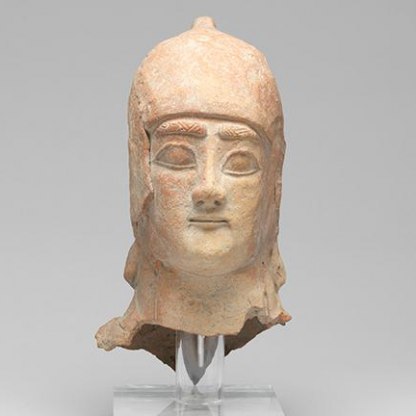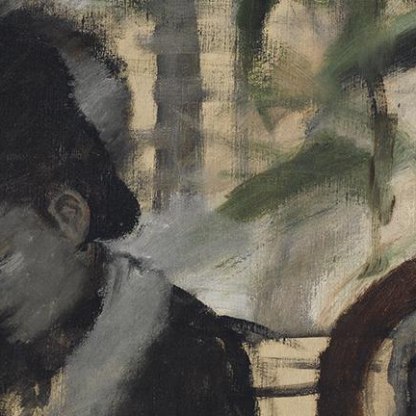African Combs
This multi-disciplinary project combined archaeological, anthropological and sociological research with community engagement. It traced over 5,000 years of history of the African comb from the Predynastic period of Egypt to the twentieth century in the UK and US, and included oral histories and personal testimonies that documented attitudes towards hair and grooming at the time of the exhibition.
Hair and grooming have always played an important role in the culture of Africa and the African Diaspora and the traditional African comb, known also as an African pick, rake, or ‘Afro’ has played a crucial role in the creation, maintenance, and decoration of hair-styles. Furthermore, the African comb has been used by both men and women, and continues to be relevant to both groups in the present day.
In many African societies, ancient and modern, the hair comb symbolises status, group affiliation, and religious beliefs, and is encoded with ritual properties. The handles of combs are decorated with objects of status, such as the headrest, human figures, and motifs that reference nature and the traditional spiritual world. It is possible through archaeological records of burials, and through recording oral histories in modern societies to understand the process of imbuing this inanimate object with non-material powers.
In the twentieth century, ‘afro’ combs have taken on a wider political and cultural message, perhaps most notably in the form of the ‘black fist’ comb that references the Black Power salute. The research for the exhibition and the exhibition itself will encourage community members to share stories, photographs and personal histories as well as learning more about the history of this iconic object.
Project information
- Principal Investigator: Sally-Ann Ashton
- Project website: https://afrocombs.fitzmuseum.cam.ac.uk/
Other research projects you might like
Sign up to our emails
Be the first to hear about our news, exhibitions, events and more…

